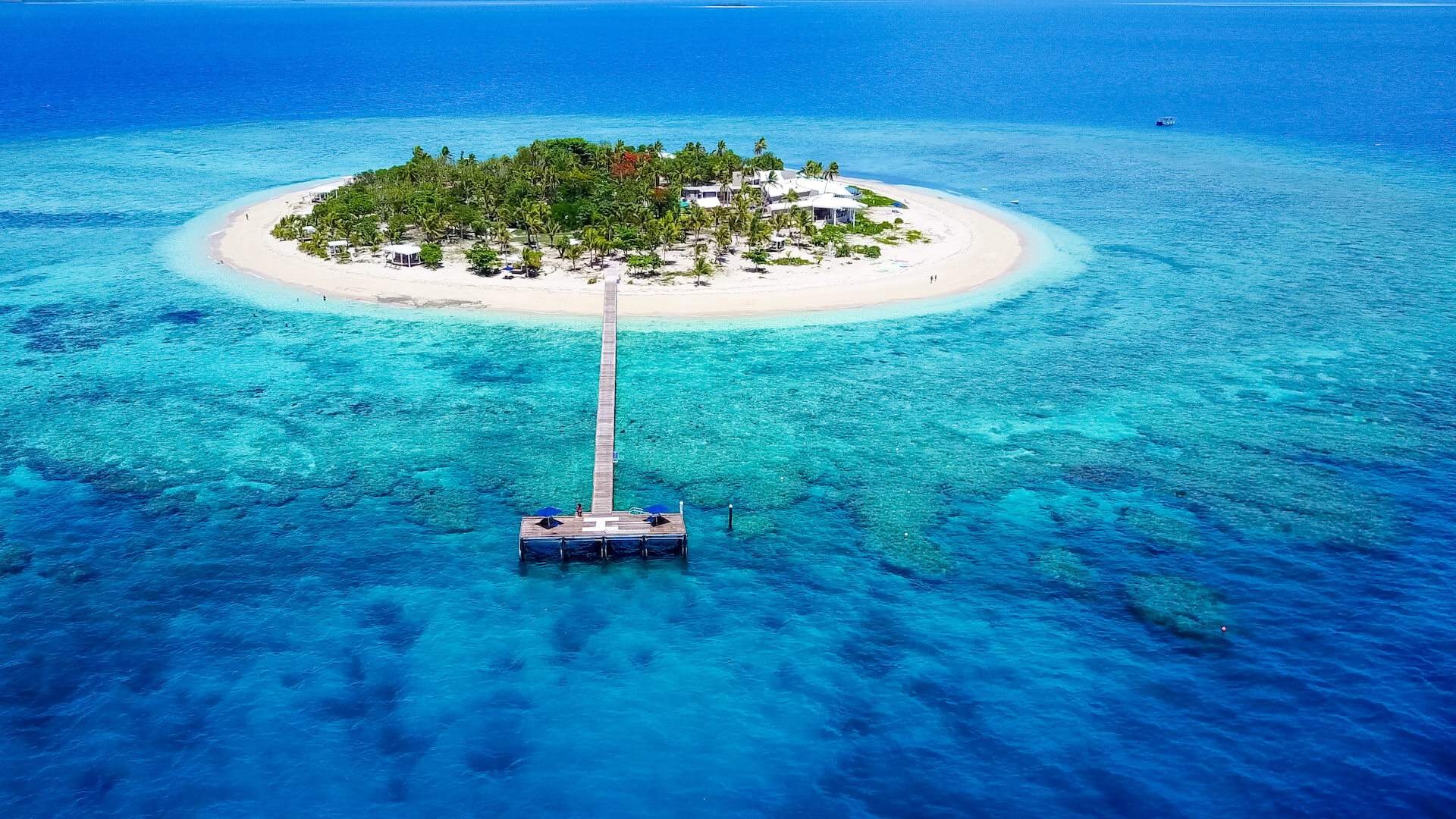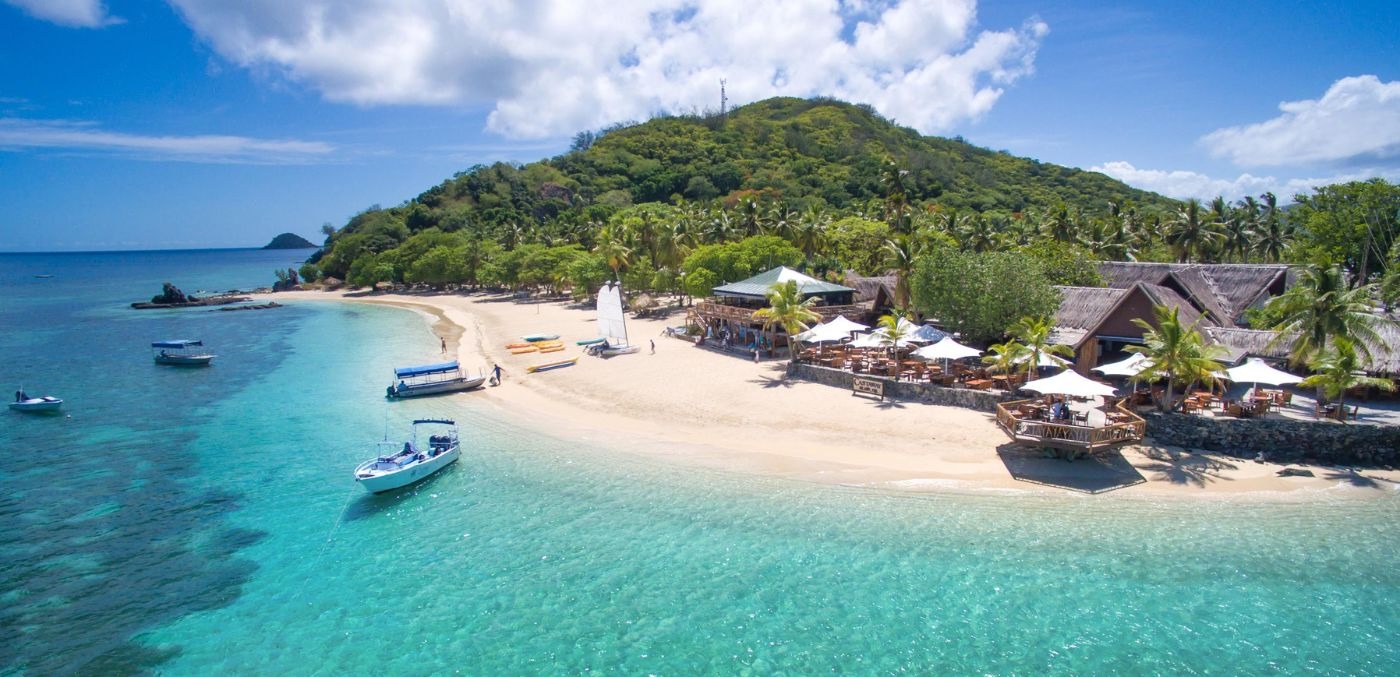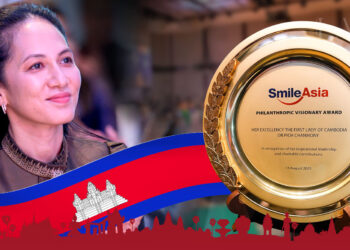Looking for a tropical island getaway? Then Fiji is the ideal destination. The country boasts 333 islands, set in the heart of the turquoise South Pacific between Hawaii and New Zealand. Fiji is a popular wedding and honeymoon destination for its powdery white beaches and rich coral reefs where you can snorkel to see tiger sharks and sea turtles. Hike through rainforests to traditional villages and experience a mix of Melanesian, Polynesian and Indian culture.

When to go to Fiji
The best time to visit Fiji is in the winter season, with the best visibility for diving between June and October. However, Nadi on the west coast of Viti Levu is usually dry and sunny all year-round, whereas Suva on the east coast experiences frequent showers. Winter is also the busiest time on the islands and it can become crowded during June and July when the Australian and New Zealand school holidays kick in. Accommodation can also be more expensive during this period, so book well in advance.
There are less visitors and prices are lower in Fiji’s wet, summer season. If you visit during this time, you’ll likely experience great weather in the early mornings and late afternoons, with daily downpours mid-afternoon and high humidity. If you’re travelling in the summer be aware that some dirt roads can become impassable due to the rains.


Weather in Fiji
Roughly speaking, Fiji has two seasons, winter and summer:
• Winter falls from May to October – in winter, Fiji is cooled by trade winds and has lower humidity levels. The weather is usually drier and cooler, ranging from 19 to 26 degrees Celsius.
• Summer falls from November to April – it’s usually wet and hot during the summer, with temperatures reaching up to 30 degrees Celsius. Heavy rains fall in the afternoons but mornings are pleasant, yet it’s extremely humid with a chance of tropical cyclones. During summer, the vegetation is lush and waterfalls are at their most spectacular.

Language
English, Fijian and Fiji Hindi are the official languages of the country. English is widely spoken, so you’ll have no trouble communicating with local people during your trip. Here are a few useful phrases you may want to learn though:
• Hello – Bula
• Please – Yalo vinaka
• Thank you – Vinaka

Transportation
• Internal flights – you can fly from the international hub at Nadi, on the largest Fiji island Viti Levu, to many other destinations around the country. Flights normally cost less than £100 one-way to the second and third largest islands, Vanua Levu and Taveuni. You can also fly to more remote islands such as Rotuma, Cicia and Lakeba. Internal flights typically take around two hours and are operated by Fiji Airways, as well as Northern Air and a couple of seaplane companies.
• Bus – there’s a good bus network on Viti Levu and Vanua Levu. Journeys are incredibly cheap and there are express services between Nadi and Suva, the main towns on Viti Levu. Look for companies such as Coral Sun and Pacific Sun for the most comfortable options. You can also get a four-day hop service to explore Viti Levu with the Feejee Experience tourist company.
• Boat – there are passenger ferries which run regular services between Viti Levu and Vanua Levu, as well as Taveuni, Ovalau and Kadavu. Fast-paced catamarans go back and forth to the Mamanuca Islands and there are long-winded shipping services to other islands. Many people opt to take a cruise or charter a yacht around Fiji’s many islands.
• Car – it’s easy to hire a car from companies like Avis and Hertz to explore Fiji’s main islands independently. The rental rates are fairly reasonable, but fuel costs are higher. Make sure you have insurance and an International Driver’s Permit, you should also know the local road rules. There are taxi services on all the islands in Fiji and hotels generally offer free transfers on arrival.


 ខ្មែរ
ខ្មែរ English
English










